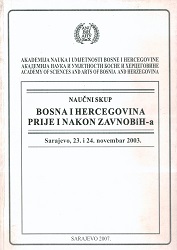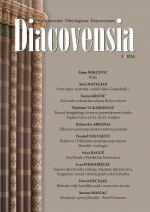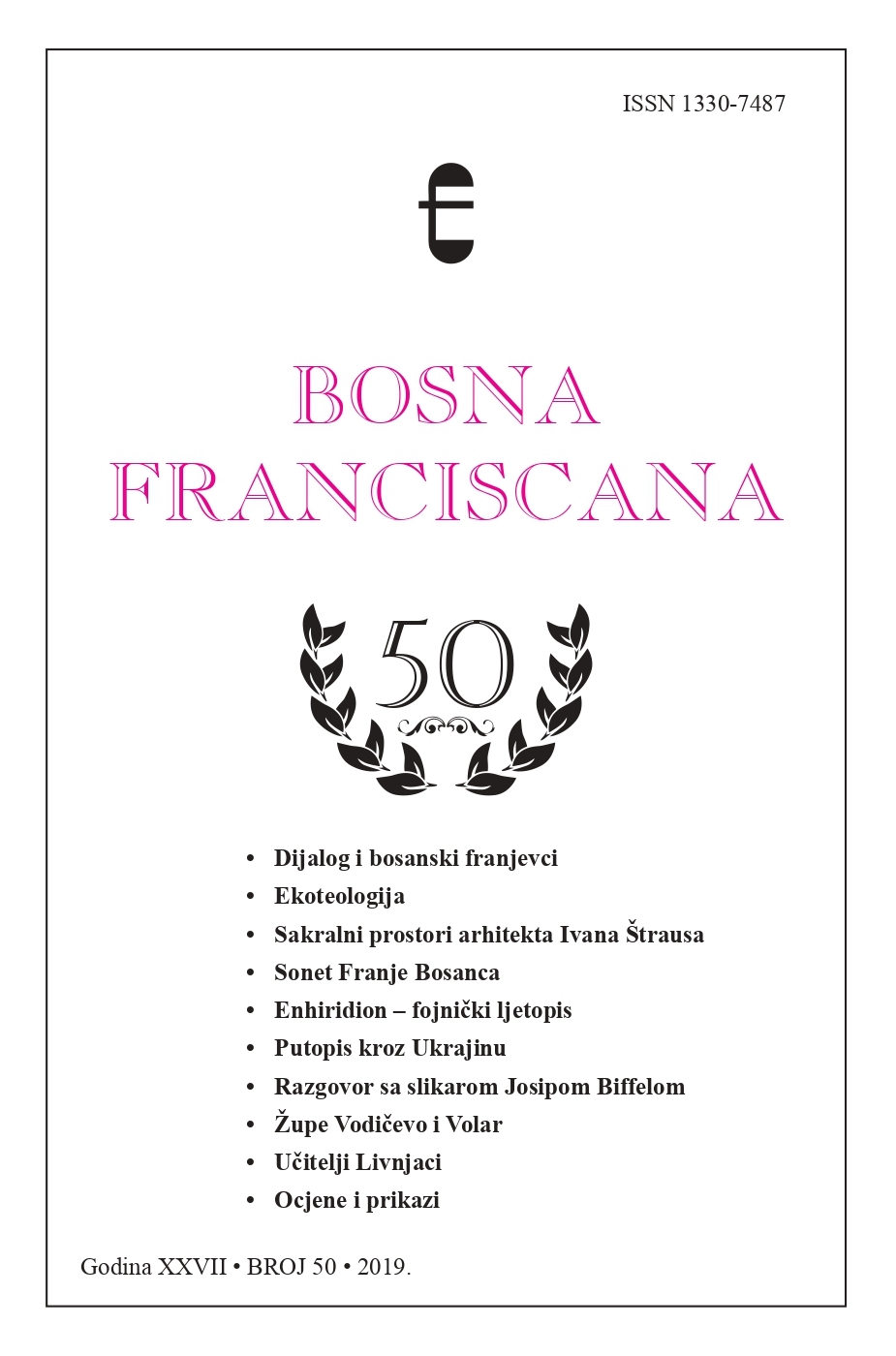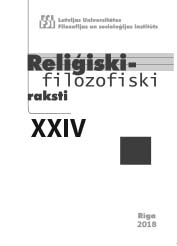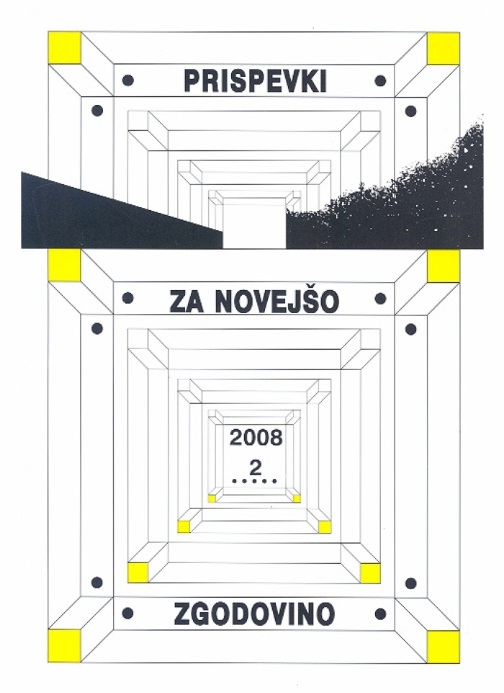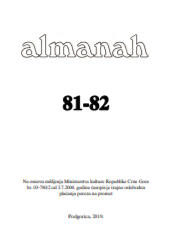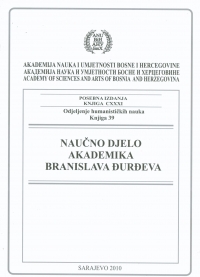
Завија Махмуд бега у Ихтиману
Die Arbeit behandelt den Ursprung der multifunktionalen Bauten, deren Bauplan die Form des auf den Kopf gestallten Buchstabens T hat, und den typischen Vetreter der Bauten dieses Typs in der Stadt Ihtiman. Die Vorzüge dieser Bauten liegen in der Tatsache, dass nur ein Teil für Gebete benutzt wurde, während man in anderen Teilen des Gebäudes dauerhaft wohnen konnte. Das ist der Grund, warum diese Gebäude als Zavias und nicht als Moscheen entworfen wurde. Das architektonische Denkmal, das hier analysiert wird, kann man an das Ende des 14. Jahrhunderts ansetzen und es befindet sich neben einem der Hauptwege, die die Balkanhalbinsel durchschneide – Via Militaris (Orta Kol). Ursprünglich gewährten diese Gebäude den Riesenden und Soldaten Schutz, wie auch aus originellen Inschriften auf einer anderen Zavia in Komotina zu sehen ist. Erst viel später wurde die Zavia in Ihtiman in eine Moschee verwandelt. Ihre architektonischen Besonderheiten und ihre Bedeutung für die Entwicklung der frühosmanischen Architektur sind im Einzelnen beschrieben worden. Besonderes Augenmerk gilt ihrer Bedeutung als einem Zentrum, das der Verbreitung des Islams und der Übernahme der Kontrolle über den christlichen Raum diente. Das Ende der osmanischen Eroberungen im 16. Jahrhundert und die Veränderungen in Derwischorden, die von der Zentralregierung aufgezwungen wurden, hatten zur Folge, dass die Zavia ihre Bedeutung verloren – was wiederum nicht bedeutet, dass der Bau der Objekte in der Form des auf den Kopf gestellten Buchstabens T gestoppt wurde. Ein Beispiel dafür ist die 1531 erbaute Gazi-Husrev-Beg-Moschee in Sarajevo. Sie wurde von Adzhem Esir Ali entworfen, und sie hat denselben architektonischen Plan, auch wenn sie nur die Funktion einer Moschee hat.
More...
